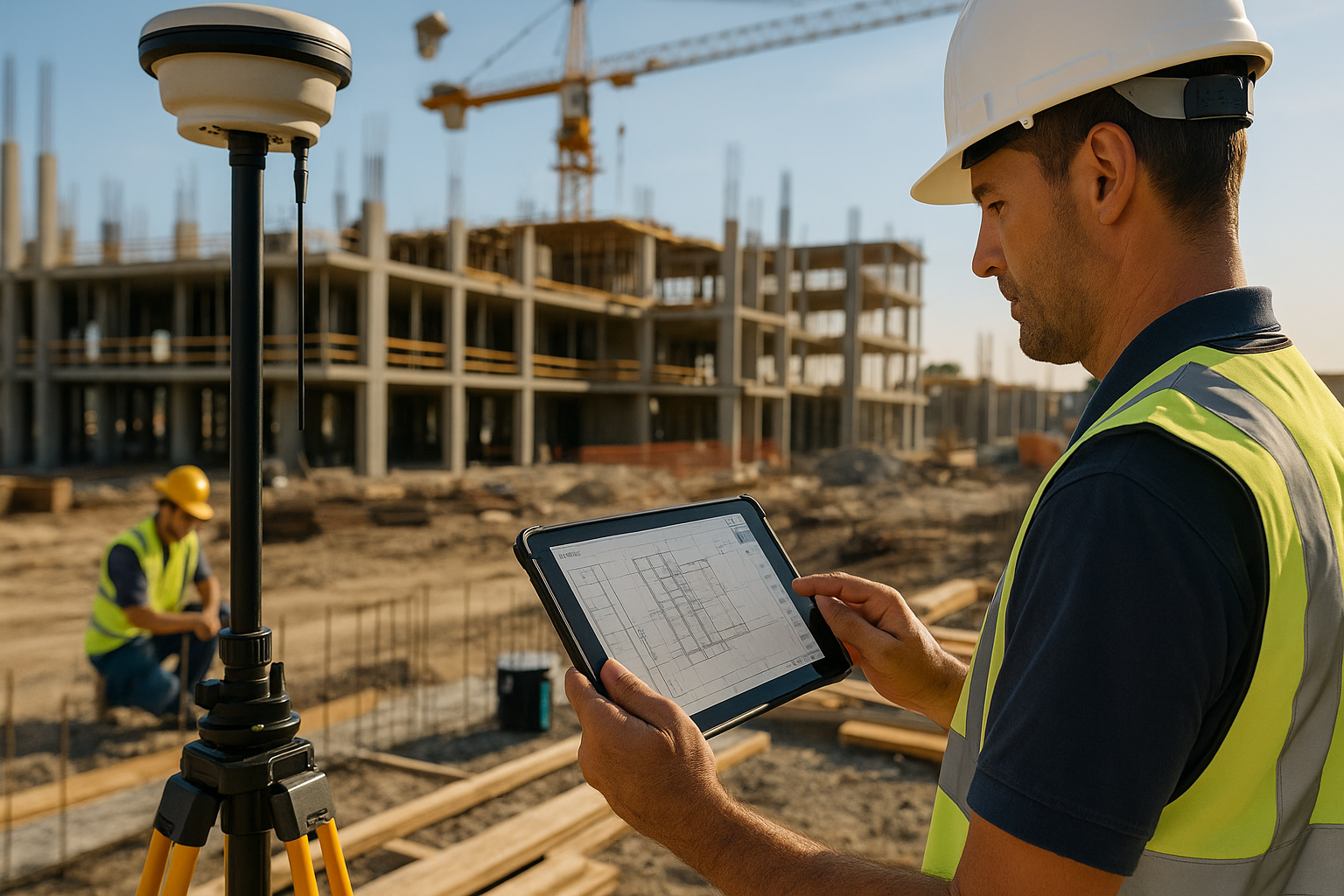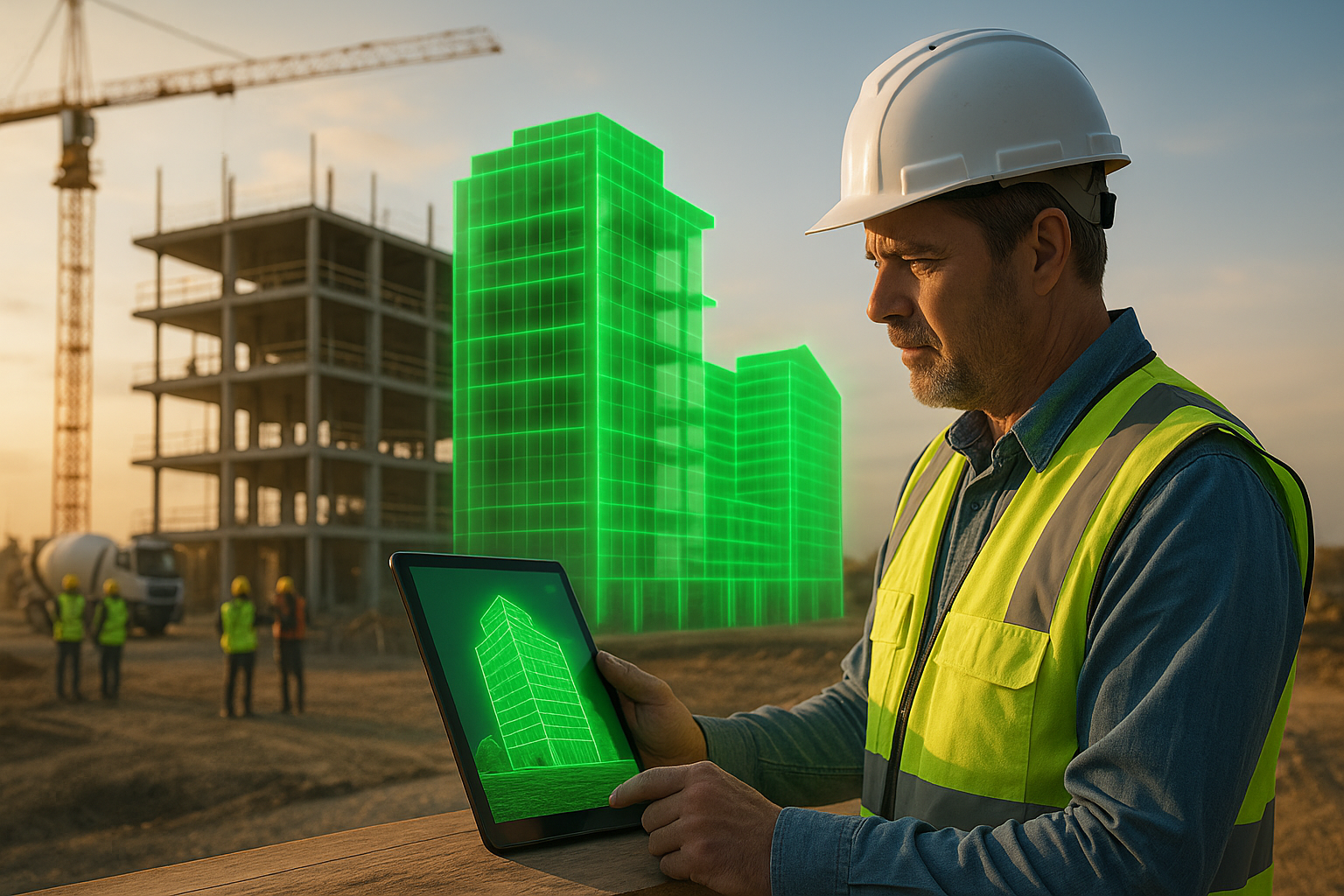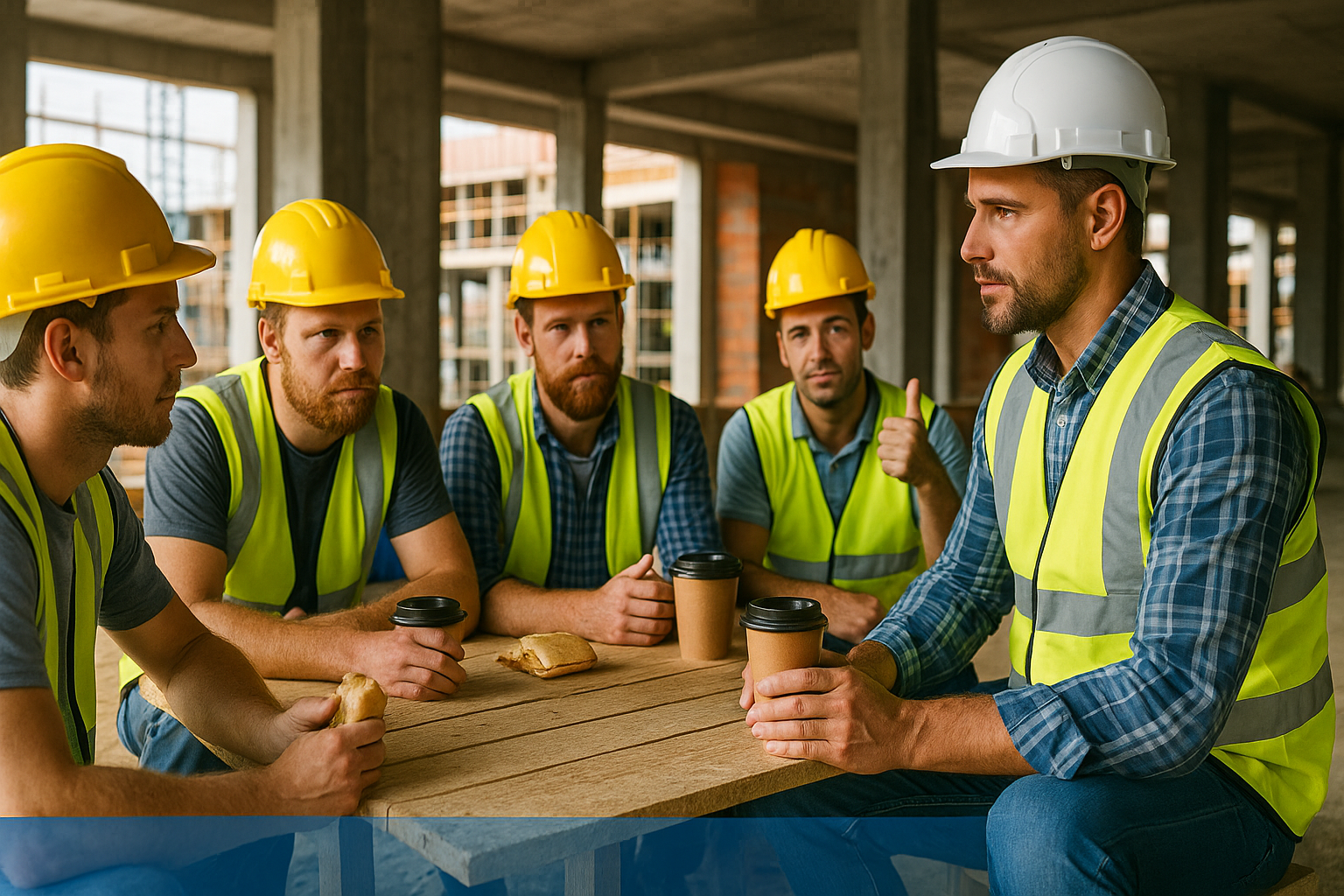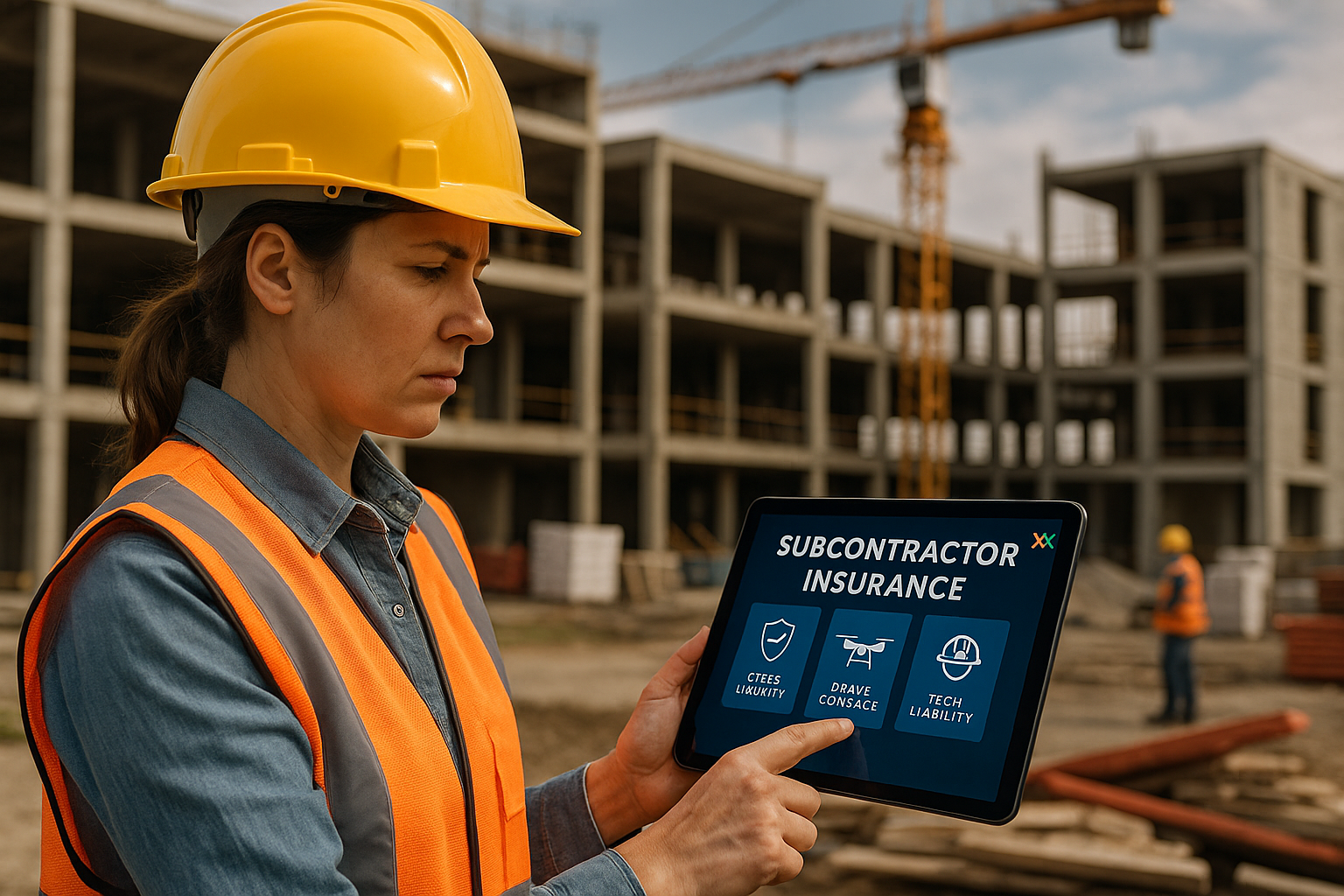The Rise of Construction Safety Tech

With hazards such as heavy machinery, heights, and exposure to harmful materials being part of daily operations, the construction industry is one of the most dangerous sectors to work in. As technology advances, construction companies are increasingly turning to innovative safety technologies to protect workers, reduce accidents, and improve overall job site safety. This blog explores the rise of construction safety tech, the benefits it brings to the industry, and how it is shaping the future of construction safety.
Factors Driving the Rise of Construction Safety Tech
- Increased Regulatory Pressure: Governments and regulatory bodies are imposing stricter safety standards to reduce workplace injuries and fatalities.
- Labour Shortages: With a shortage of skilled labour, construction companies are focusing on technologies that make job sites safer and more efficient for the workforce they do have.
- Rising Project Complexity: As construction projects become more complex, with tighter deadlines and higher stakes, the need for sophisticated safety measures grows.
- Technological Advancements: The availability of affordable, advanced technologies such as wearables, drones, and AI-powered software is making it easier for companies to adopt safety tech solutions.
Key Construction Safety Technologies
1. Wearable Safety Devices
Wearable technology has become one of the most popular innovations in construction safety. These devices are worn by workers to monitor their environment and alert them to potential hazards in real-time.
Examples of Wearable Safety Tech:
- Smart Helmets: Equipped with sensors, cameras, and augmented reality (AR) capabilities, smart helmets provide workers with a 360-degree view of their surroundings and warn them of obstacles or dangerous areas.
- Exoskeletons: Designed to reduce strain on workers’ bodies, exoskeletons provide mechanical support for lifting heavy objects and performing repetitive tasks, reducing the risk of musculoskeletal injuries.
- Smart Vests: Embedded with GPS, sensors, and connectivity features, smart vests monitor workers’ vital signs, detect falls, and provide location tracking, which is essential for quick response during emergencies.
2. Drones for Site Monitoring
Drones have revolutionized construction site monitoring, offering a safer and more efficient way to inspect hazardous areas. They can be used to survey sites, monitor progress, and identify potential safety risks without putting workers in danger.
Use Cases for Drones in Construction:
- Site Inspections: Drones can quickly scan construction sites for hazards such as uneven terrain, unstable structures, or other safety risks.
- Progress Monitoring: Drones can capture aerial footage of construction projects, allowing managers to monitor progress and spot any potential issues in real time.
- Equipment Inspections: Rather than sending workers to inspect dangerous equipment or high-risk areas, drones can capture detailed images and videos.
3. Virtual Reality (VR) Safety Training
Virtual reality (VR) has emerged as a powerful tool for construction safety training. By immersing workers in a simulated construction environment, VR training allows them to experience real-world scenarios and practice responding to various safety hazards.
Applications of VR in Construction Safety:
- Hazard Identification Training: Workers can be trained to identify potential hazards on a virtual construction site, helping them to better recognize and avoid risks in real-life situations.
- Equipment Operation Training: Workers can practice operating heavy machinery in a controlled, virtual environment without the risk of injury.
- Emergency Response Training: VR simulations can prepare workers for emergencies, such as fires or structural collapses, so they know how to react when faced with emergencies.
4. Artificial Intelligence (AI) and Machine Learning
AI-powered software is playing a growing role in predicting and preventing construction site accidents. By analyzing vast amounts of data, AI can identify patterns that indicate potential safety risks and provide actionable insights for safety managers.
AI Applications in Construction Safety:
- Predictive Analytics: AI software can analyze historical accident data to predict future safety risks and suggest preventative measures.
- Real-Time Monitoring: AI-driven cameras and sensors can monitor job sites in real-time, identifying unsafe behaviour, such as workers not wearing protective gear, and sending alerts to safety managers.
- Safety Audits: AI can automate safety audits, ensuring that sites comply with regulations and identifying areas for improvement.
5. Robotics and Automation
Robotic technology is making construction sites safer by taking over dangerous tasks and reducing the need for human workers to operate in hazardous environments. Robots can be used for everything from bricklaying and concrete pouring to demolition and hazardous material handling.
Examples of Robotics in Construction Safety:
- Demolition Robots: These robots can safely dismantle buildings and structures in high-risk areas without endangering workers.
- Automated Heavy Equipment: Autonomous bulldozers, excavators, and cranes can perform heavy lifting and earthmoving tasks, reducing the risk of accidents involving machinery.
- Hazardous Material Handling: Robots can safely handle and dispose of hazardous materials such as asbestos, reducing workers’ exposure to harmful substances.
The Benefits of Construction Safety Tech
The adoption of construction safety technology offers a wide range of benefits for construction companies, workers, and project stakeholders:
- Fewer Accidents and Injuries: Advanced safety tech reduces the risk of accidents on construction sites, leading to fewer injuries and fatalities.
- Increased Productivity: By reducing downtime caused by accidents and safety inspections, safety tech helps construction teams stay on schedule and improve efficiency.
- Improved Compliance: With real-time monitoring and automated safety checks, construction companies can ensure they remain compliant with safety regulations and avoid costly penalties.
- Lower Insurance Costs: Fewer accidents on-site mean fewer insurance claims, potentially leading to lower insurance premiums for construction companies.
- Enhanced Worker Morale: When workers feel safer on the job, their morale and productivity improve, leading to a more positive work environment.
The rise of construction safety tech is transforming the industry, making job sites safer, more efficient, and more compliant with regulations. As safety tech continues to evolve, the construction industry can look forward to even greater advancements in worker protection and operational efficiency. Embracing these innovations is not only a wise business decision but also a vital step toward ensuring the safety of all those who work in this demanding and essential industry.
*Brought to you by Plexxis Software: Offering software solutions for the construction industry that integrates cloud, mobile and on-premise software to improve and enhance team performance.
Share:
New From Plexxis

From GPS to GNSS: What’s Next in Jobsite Positioning?

Green Bids: Winning More Work Through Sustainability Metrics

Beyond the Hard Hat: The Reality of Psychological Safety on the Job

